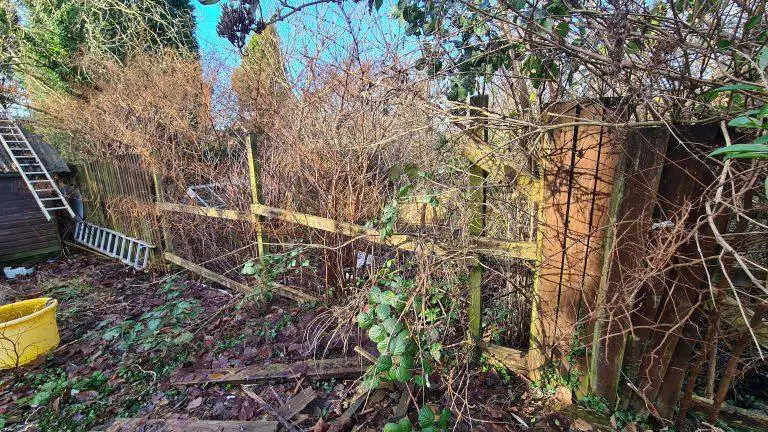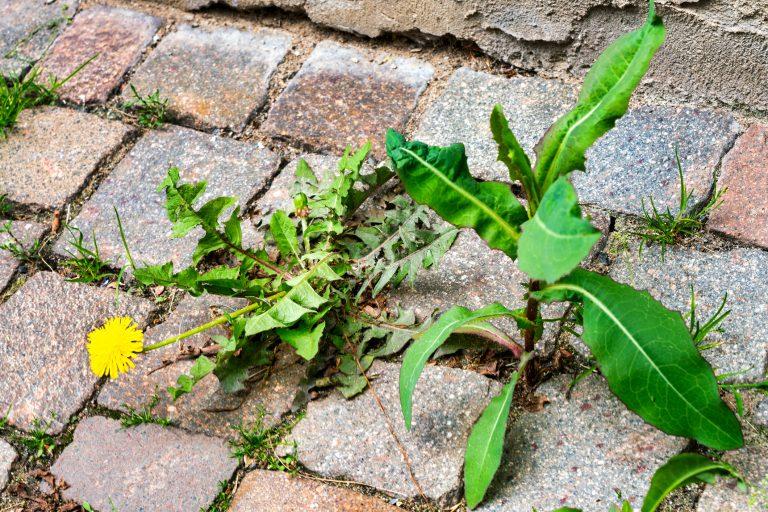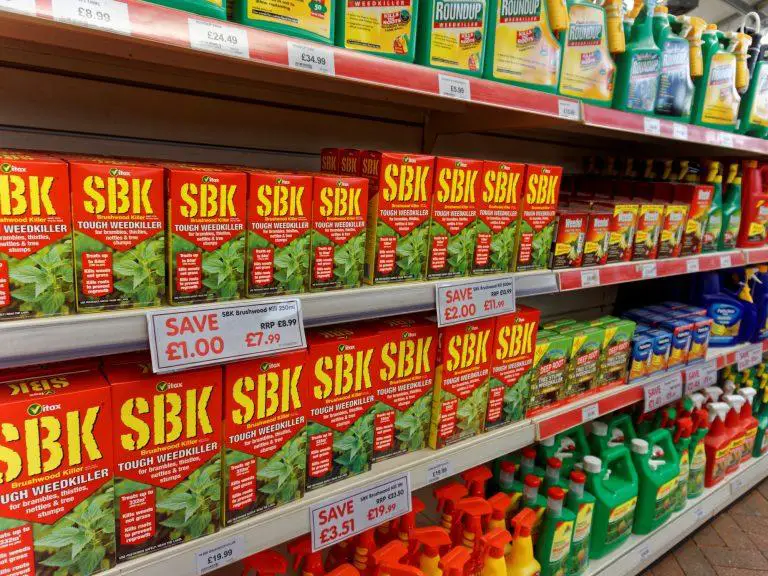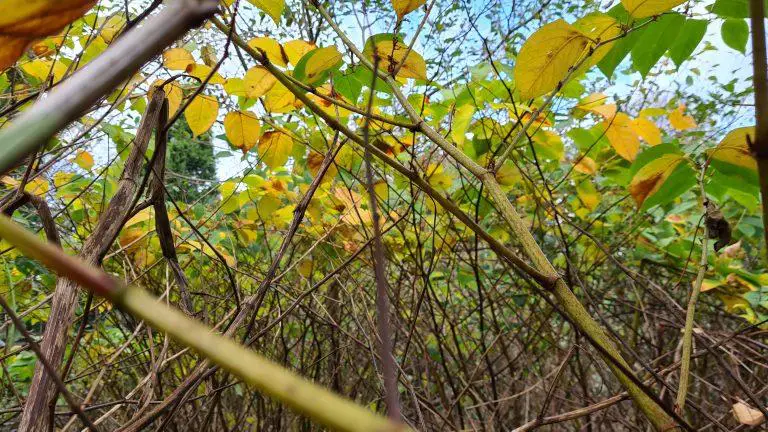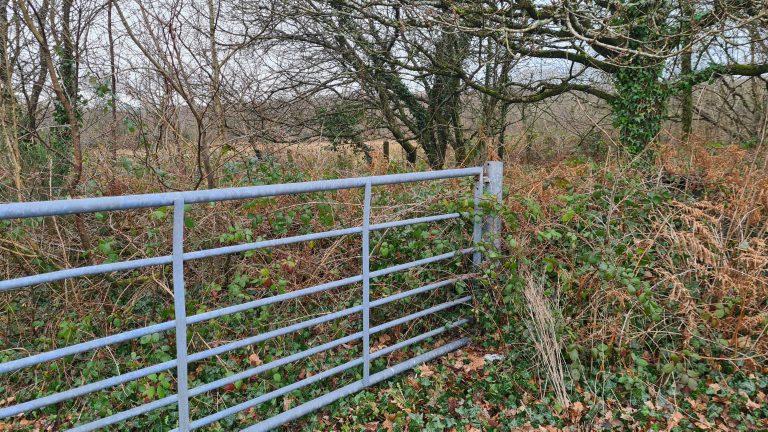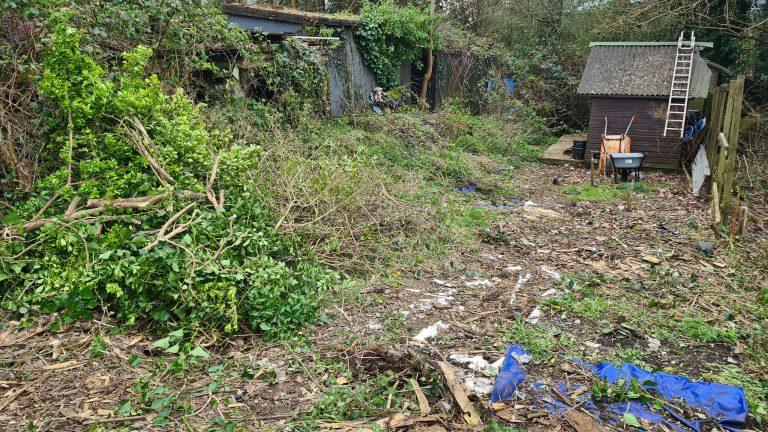Invasive weeds are a major problem for many areas of the world, and their removal is essential to preserving native ecosystems. Site clearance, or the process of removing invasive species from an area, can have numerous environmental benefits that extend beyond simply restoring balance in nature.
By utilizing site clearance as part of larger management plans, it is possible to reduce habitat destruction and preserve biodiversity while also providing long-term benefits such as soil stabilization and increased water quality.
In this article, we will discuss some of these potential environmental advantages of carrying out effective site clearance on affected lands.
The Importance of Site Clearance for Invasive Weeds
Invasive weeds can be a major problem for any landscaping project. They are hardy, fast-growing plants that compete with native species for resources and habitat. Without proper site clearance, they can quickly take over an area and make it difficult to manage or restore the natural environment. This is why it is so important to undertake thorough site clearance before beginning any landscaping project.
By removing all invasive weeds from the area you will ensure that your new plants have a chance of thriving without competition from these aggressive invaders.
The Negative Impact of invasive weeds on Ecosystems
Invasive weeds can have a devastating impact on natural ecosystems, as they compete with native species for resources and habitat. Not only do these aggressive plants take over an area quickly, but they also out-compete the desired vegetation in terms of sunlight, water and nutrients. This can lead to reduced biodiversity in the area, as well as decreased growth of trees and other beneficial plants which provide food sources for wildlife.
In addition to this reduction in biodiversity, invasive weeds can also cause soil erosion due to their shallow root systems or rapid reproduction rates which deplete available nutrients from the soil. As such, it is important to undertake thorough site clearance before beginning any landscaping project in order to prevent further damage caused by invasive weeds.
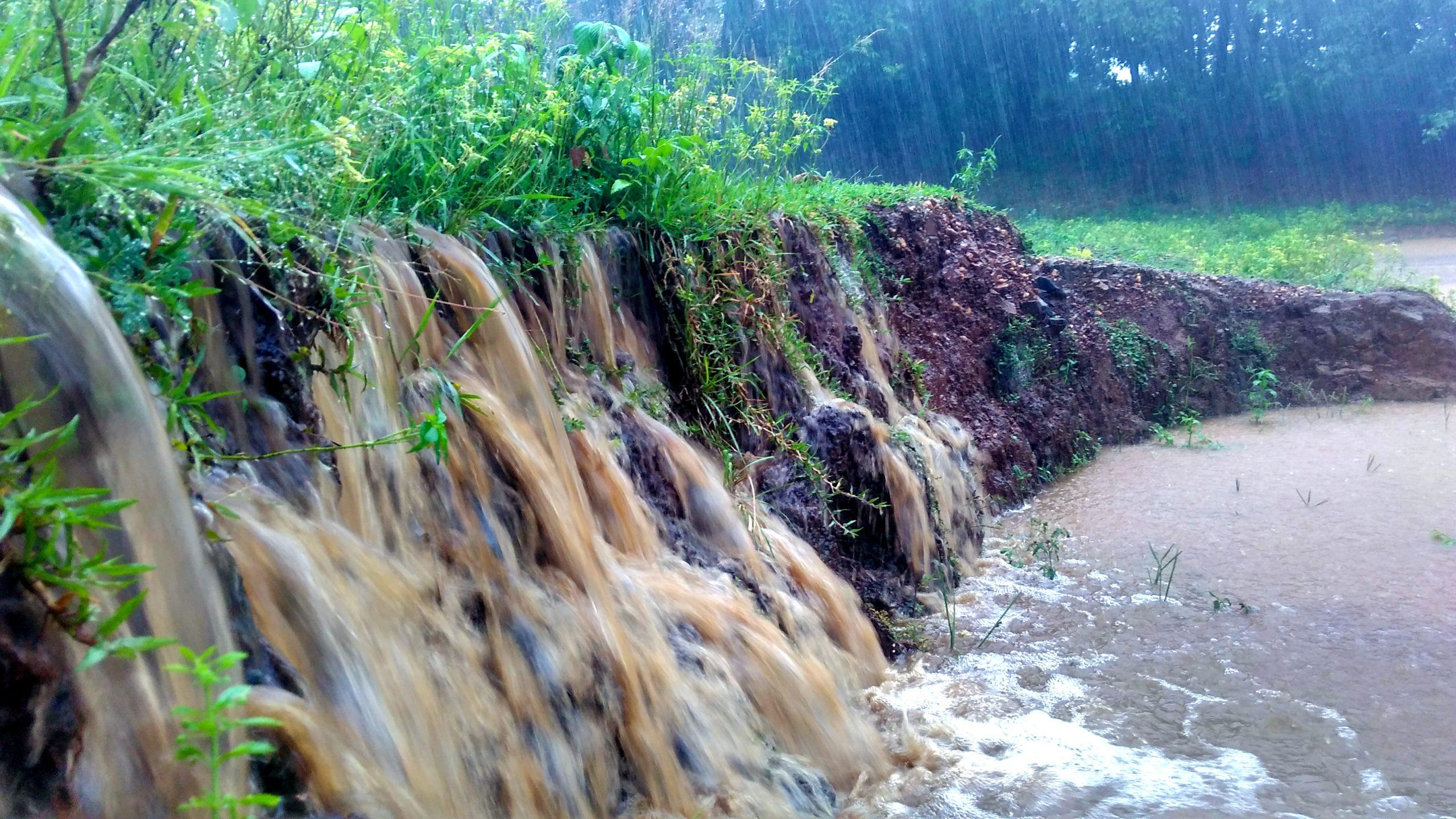
Ecological benefits of site clearance for invasive weeds
Site clearance is an essential part of any landscaping project, as it helps to prevent the spread of invasive weeds which can have a devastating impact on natural ecosystems.
By removing all invasive plants from the area before planting new vegetation, you will ensure that your desired plants don’t have to compete for resources with these aggressive invaders. Not only does this give your desired species a better chance of thriving without competition, but it also prevents further damage caused by these weeds to biodiversity and soil erosion.
Furthermore, site clearance can help identify areas where additional weed control may be necessary in order to maintain the healthy growth of your trees and other beneficial plants. Therefore, taking the time to properly clear your site before beginning any landscaping project is essential in order to guarantee success and protect the environment.
Benefits of site clearance for Human Health and Safety
Site clearance is an essential part of any landscaping project, as it helps to ensure that invasive weeds are removed from the area before planting new vegetation. Not only does this prevent further damage caused by these aggressive plants to biodiversity and soil erosion, but it also has numerous benefits for human health and safety.
By clearing the site of all unwanted plant species, you can reduce the risk of potential allergies or other respiratory issues which may be caused by contact with pollen or spores from these plants.
In addition, site clearance can help identify areas where additional weed control may be necessary in order to avoid potential hazards such as slippery surfaces or tripping hazards caused by the overgrowth.
Therefore, taking the time to properly clear your site before beginning any landscaping project is essential in order to protect yourself and others from harm while reaping all its ecological benefits.

Environmental Benefits of Site Clearance for Invasive Weeds
Invasive weeds are a major problem across the world, causing significant environmental damage and costing millions to control. Site clearance is an important part of controlling invasive weeds and can have many positive impacts on the environment.
From improving water quality to providing habitat for native species, site clearance can help restore natural ecosystems while also protecting against the further spread of these damaging plants. In this article, we’ll explore some of the key environmental benefits associated with site clearance for invasive weeds.
Improved soil quality and nutrient availability
The removal of invasive weeds from a site can have many positive benefits for soil quality and nutrient availability. Removing these unwanted species, it allows native plants to take root and grow in their place, which has a direct impact on the overall health of the soil.
The presence of native vegetation helps to improve soil structure by increasing organic matter content and promoting increased microbial activity. This improved soil structure helps to hold water longer, improving drainage while at the same time providing more nutrients for plant growth.
As plants break down organic material they release essential minerals into the surrounding environment which further improves fertility and increases nutrient availability. In short, clearing an area of invasive weeds can significantly improve both soil quality and nutrient availability – leading to healthier ecosystems with greater biodiversity over time.
Restoration of native plant communities
The restoration of native plant communities can be a challenging but rewarding endeavour. By using site clearance to remove invasive weeds, it is possible to restore the health and diversity of an area’s natural vegetation and wildlife habitats.
Site clearance helps create space for new growth which can ultimately help improve local biodiversity as well as helping to prevent the further spread of invasives into other areas. This type of proactive approach also helps reduce competition between native species and non-native species, allowing natives to flourish in their own right.
Furthermore, restoring native plant communities provides numerous environmental benefits such as improved water quality, increased carbon sequestration, reduced soil erosion, enhanced pollinator habitat and more. With the right strategies in place, site clearance can be an effective tool for restoring natural ecosystems on any scale – from small plots of land all the way up to large landscapes.
Increased habitat and biodiversity
The removal of invasive weeds from a site can have numerous benefits for both the environment and the local habitat. Not only does it reduce competition for resources, but it also increases biodiversity by providing more space for native species to thrive.
This process helps to improve the health of soils by allowing water and nutrients to be more easily absorbed into them. This in turn leads to increased plant growth which can help stabilize slopes and provide additional food sources for wildlife.
Ultimately, clearing invasive weeds from an area is beneficial as it allows habitats to become healthier and better able to support life.
Improved water quality
The removal of invasive weeds can have a significant and positive impact on water quality. Invasive weeds are non-native species that often take over an area, crowding out native plants and contributing to water pollution.
By clearing these plants, the water is able to flow more freely and other beneficial species can become established. This improves the overall health of the ecosystem by encouraging natural water filtration and reducing nutrient run-off.
Additionally, improved water quality is essential for providing drinking water to local populations and can also help reduce the risk of flooding in some areas.
In short, site clearance for invasive weeds can have a major impact on improving water quality – a critical factor in sustaining both human and animal life.
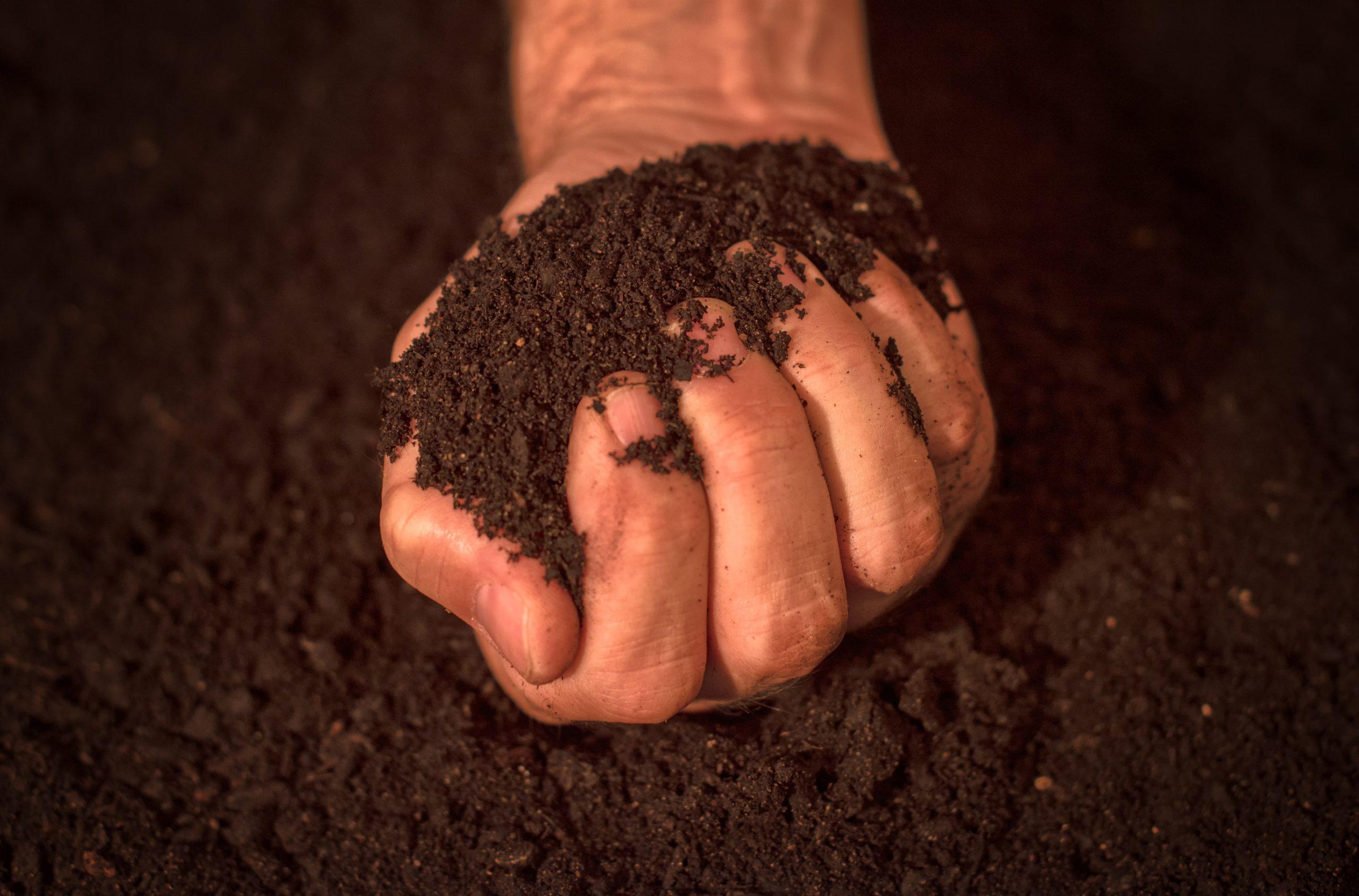
Site Clearance Methods for Invasive Weeds
Invasive weeds are a major problem for many land managers and property owners. They can spread quickly, outcompete native plants, and cause significant damage to ecosystems.
Fortunately, there are several site clearance methods that can be used to help control the growth of invasive weeds. These include physical removal or destruction of the weed material, chemical applications such as herbicides, and biological controls such as introducing insects that feed on the target species.
Each method has its own advantages and disadvantages which should be considered before selecting a site clearance strategy.
Manual methods
Manual methods of site clearance can be a useful tool for removing invasive weeds from your property. Manual methods involve the physical removal or destruction of weeds by hand, using tools such as shovels and hoes. This is often done in combination with other control techniques such as herbicide application or mowing to ensure complete weed eradication.
The manual method of site clearance is a time-consuming activity that requires patience and dedication; however, it can be an effective way to manage invasive weeds on your land without relying solely on chemical controls.
Mechanical methods
Mechanical site clearance of invasive weeds is an effective and increasingly popular method for controlling the spread of non-native plant species. It involves physically removing or destroying the weed to reduce its presence in a given area, either on its own or as part of an integrated pest management plan. Mechanical methods can be used to target specific areas and have been proven to be more cost-effective than chemical treatments in many cases.
Chemical methods
Invasive weeds can cause significant environmental and economic damage, making it important to control their spread. Chemical methods are one of the most common ways to clear sites of such weeds.
This involves using herbicides that target specific species or groups of species, as well as general non-selective herbicides that kill all vegetation they come into contact with. Each approach has its advantages and disadvantages, so it is important to consider which method best suits the particular situation at hand before taking action.
Combination of methods
Invasive weeds are a major problem for many areas of land, causing damage to the environment and reducing productivity. To combat this issue, site clearance methods must be used to effectively remove unwanted plants from an area. Different approaches can be taken depending on the context of the situation, such as manual removal, burning or chemicals.
In some cases, it may even be beneficial to combine several methods in order to achieve maximum efficiency when removing invasive species from an area. This article will discuss various combinations of site clearance techniques that can be employed in different contexts.
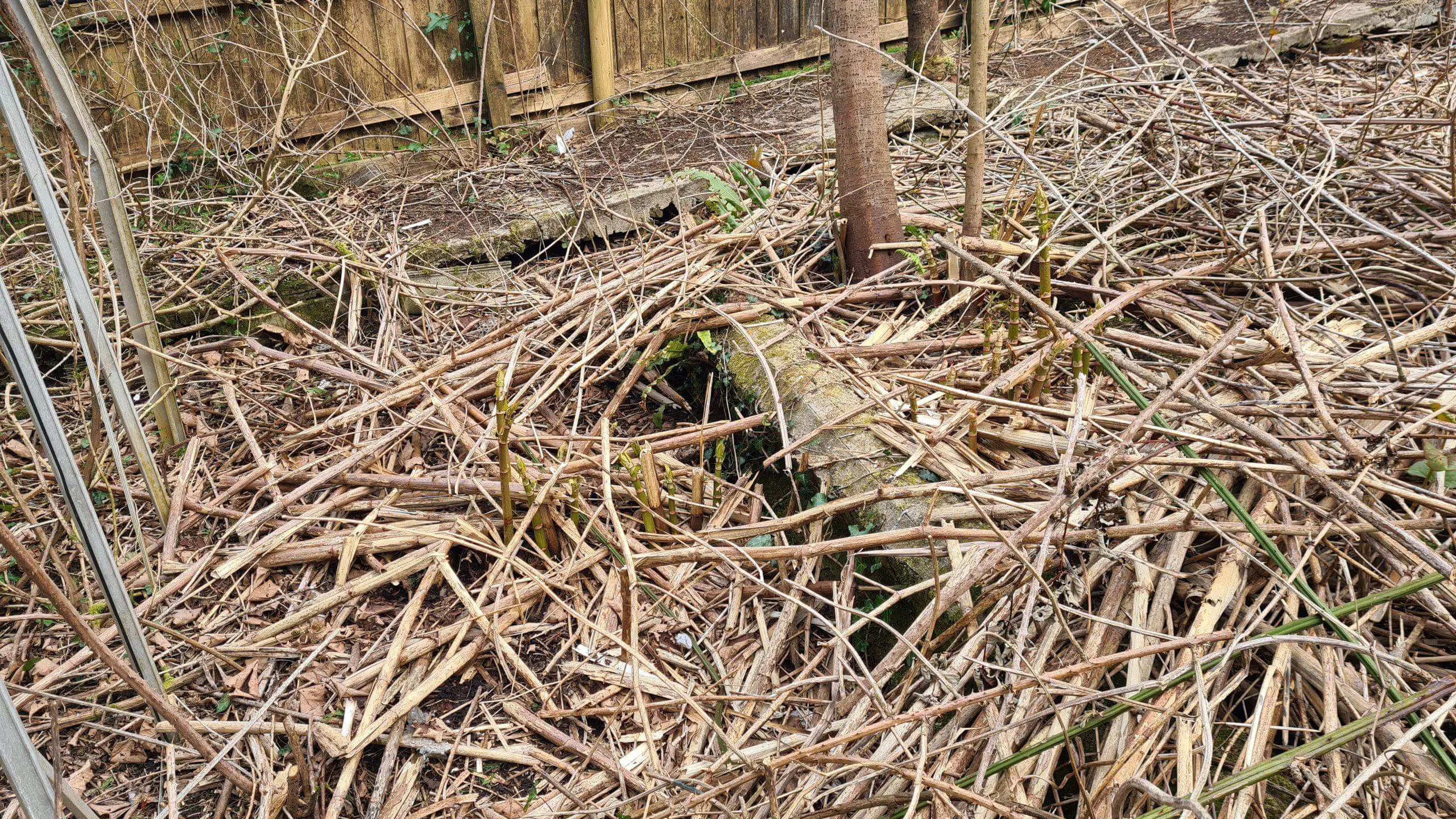
Challenges and Considerations
Invasive weeds are one of the biggest threats to biodiversity, yet many people aren’t aware of the challenges and considerations that come with site clearance. Site clearance involves removing all invasive weeds from an area so native plants can thrive. While this sounds like a straightforward task, it is actually quite complicated and requires careful planning.
There are several factors to consider when preparing for site clearance such as: understanding the species present; assessing how much herbicide will be needed; deciding which areas should be cleared first; identifying potential risks associated with chemical use; and determining which resources need to be allocated in order to complete the project successfully. By taking these into account before beginning any site clearance work, you can ensure that your efforts lead to successful results.
Challenges associated with site clearance
Invasive weeds have become a major problem for many areas, particularly those with disturbed soils and climates that favour their growth. Site clearance can be difficult due to the challenges associated with dealing with invasive weeds. These include identifying the species present, understanding their biology and ecology, as well as determining how best to manage them in order to prevent further spread.
Additionally, site clearance may require specialized equipment or techniques such as mechanical removal or chemical control which can be costly and time-consuming.
Finally, monitoring is necessary to ensure that any new infestations are detected quickly and controlled before they become established. All of these factors make site clearance for invasive weeds a complex process that requires careful planning and execution in order to be successful.
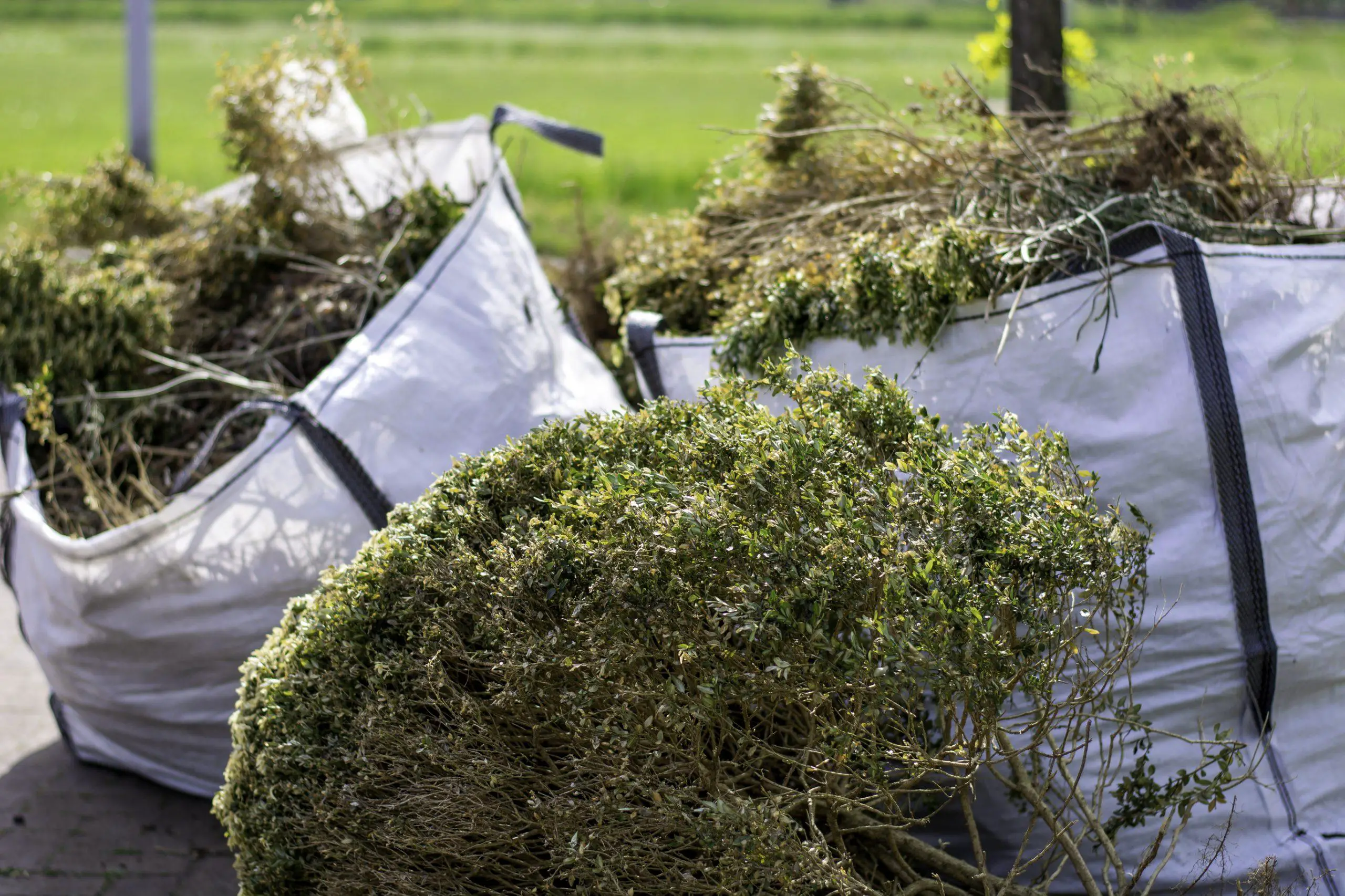
Considerations for best practices in site clearance of invasive weeds
Invasive weeds are a major problem in many parts of the world, and clearing them from sites is an important part of managing this issue. It is essential to take into account best practices when conducting site clearance of invasive weeds, as it can be difficult to completely eradicate these species once they have become established.
Some key considerations for best practices include selecting appropriate herbicides or mechanical removal methods based on the weed species present and their life cycles; ensuring that all plant material is removed from the site; monitoring sites after treatment to ensure that any surviving plants are addressed quickly; and educating workers and other stakeholders about proper identification techniques and management strategies.
By following these best practices, we can help protect our environment from the damage caused by invasive weeds.
Ethical Considerations in site clearance of invasive weeds
The removal of invasive weeds is an important part of land management, as they can spread quickly and outcompete native species. However, ethical considerations must be taken into account when carrying out site clearance.
The most common methods used to control the spread of invasive weeds involve chemical treatments or mechanical removal but these strategies may have unintended consequences for other plants and animals in the area. Therefore, it is essential that any site clearance activities are carefully planned and monitored to reduce potential negative impacts on biodiversity.
Additionally, measures should be put in place to prevent further invasions from occurring in the future by controlling sources of weed seeds and propagules entering the system.
In conclusion
Site clearance for invasive weeds is a critical part of restoring local ecosystems and improving the overall health of an area’s environment. By removing these non-native species, native plants are able to flourish, resulting in improved soil quality, increased habitat and biodiversity, enhanced water quality and more.
Ultimately, site clearance can be a powerful tool for restoring natural ecosystems and providing a range of benefits to both wildlife and humans alike. Therefore, it is important that we all take measures to protect our local environments by removing any invasive weeds that may be present in our own backyards.

